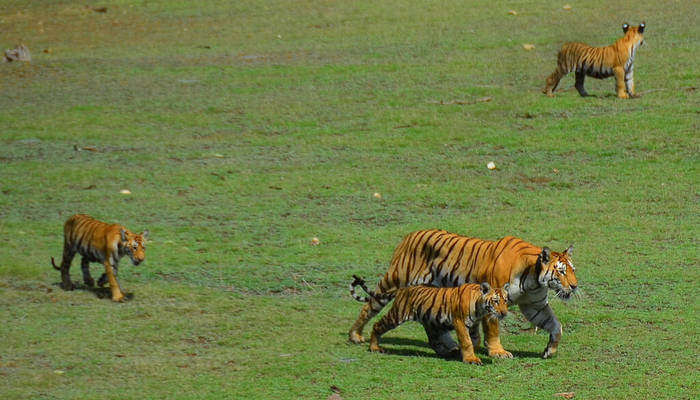

On, it came into being as a new district of Uttar Pradesh. Chandra Swami, a Burmeses Monk, came to India in 1903 and made "Mahaparinirvana Temple" into a living shrine.Īfter independence, Kushinagar remained the part of district Deoria. Carlleyle who exposed the main stupa and also discovered a 6.10 meters long statue of reclining Buddha, in 1876 A.D. However, modern Kushinagar came into prominence in the 19th Century with archeological excavations carried out by Alexander Cunningham, the first Archeological Surveyor of India and later followed by C.L. Padrauna is believed to be ruled over by a Rajput adventurer, Madan Singh in the 15th century A.D. Kushinara continued to be a living city till the 12th Century A.D. In medieval period, Kushinagar had passed under the suzerainty of Kultury Kings. Since then, it remained an integral part of the erstwhile empires of Maurya, Shunga, Kushana, Gupta and Harsha dynasties. Kushinara was the capital of Mallas which was one of the sixteen mahajanpads of the 6th Century B.C. The present Kushinagar is identified with Kushawati( in pre-Buddha period ) and Kushinara (in Buddha period). Schedule Caste (SC) constitutes 5.03% while Schedule Tribe (ST) were 2.39% of total population in Kushinagar Nagar Panchayat. In Kushinagar, 11% of the population is under 10 years of age. Kushinagar has an average literacy rate of 78.43%, higher than the national average of 74%, male literacy is 85%, and female literacy is 72%. Males constitute 52% (11,502 Men) of the population and females 48% (10,712 Women). The naming of Kushwati is believed to be due to abundance of Kush grass found in this region.Īs of 2011 India census, Kushinagar had a population of 22,214, with 3462 households. While according to Buddhist tradition Kushawati was named prior to the king Kush. The followers of the Buddhism, especially from Asian Countries, wish to visit this place at least once in their lifetime.Īccording to one theory, Kushwati was capital of Kosala Kingdom and according to Ramayana it was built by King Kush, son of Rama, protagonist of the epic Ramayana. Outside India, it is an International Buddhist Pilgrimage Centre. It is an important Buddhist pilgrimage site, where Buddhists believe Gautama Buddha attained Parinirvana after his death. Kushinagar, Kusinagar or Kusinara is a town and a Nagar Panchayat in Kushinagar district of Indian state of Uttar Pradesh located around NH-28, being 52 km east to Gorakhpur city. Entry Feeġ0 INR Per Head Nearby Tourist AttractionsĪlong with Buddha Museum, tourists can also choose to visit the other popular places of tourist interest in Kushinagar.India - Uttar Pradesh - Kushinagar - Matha Kuar Shrine - 4 Tourists can plan a visit to this place on any of these days from 10 in the morning to 5 in the evening. Opening & Closing Timingsīeing one of the major tourist places in Kushinagar, Buddha Museum remains accessible from Sunday to Saturday. Near Tibetan Temple, Kushinagar, Uttar Pradesh 274403, India. Buddha Museum in Kushinagar is definitely worth a checking-out place as it proffers a delightful experience to followers of Lord Buddha. However, the museum also includes various findings from Kushinagar region. Most of these artefacts belong to the Kushana period from Mathura. For that, the museum houses Buddhist relics, terracotta and sculptures. The museum, through its exhibits, beautifully depicts the life of Lord Buddha in India. Situated near to the Tibetan Temple, Buddha Museum is one of the oldest museums in Kushinagar. A lovely tourist attraction in Kushinagar, Uttar Pradesh, is the Buddha Museum.


 0 kommentar(er)
0 kommentar(er)
